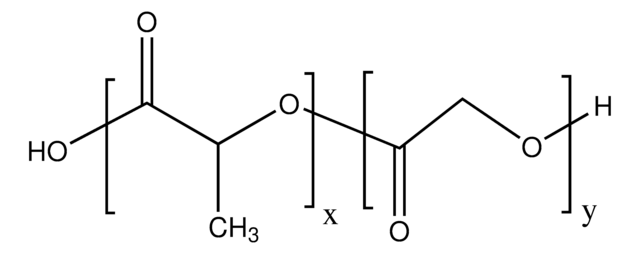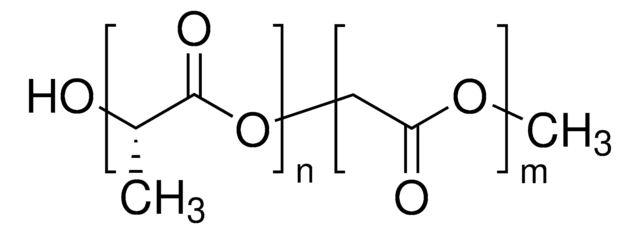900400
SLAP 3-SpiroCyHex N-Bn Pip Reagent
≥95%
Synonim(y):
1-((Benzyl((trimethylsilyl)methyl)amino)methyl)cyclohexanamine
About This Item
Polecane produkty
Próba
≥95%
Postać
liquid
współczynnik refrakcji
n/D 1.516
gęstość
0.956 g/mL
temp. przechowywania
−20°C
InChI
1S/C18H32N2Si/c1-21(2,3)16-20(14-17-10-6-4-7-11-17)15-18(19)12-8-5-9-13-18/h4,6-7,10-11H,5,8-9,12-16,19H2,1-3H3
Klucz InChI
HHDPYUUHZQUCNL-UHFFFAOYSA-N
Zastosowanie
Inne uwagi
- Technology Spotlight: SLAP Reagents for Piperazine Synthesis
- Silicon Amine Reagents for the Photocatalytic Synthesis of Piperazines from Aldehydes and Ketones
- Lewis Acid Induced Toggle from Ir(II) to Ir(IV) Pathways in Photocatalytic Reactions: Synthesis of Thiomorpholines and Thiazepanes from Aldehydes and SLAP Reagents.
- Continuous Flow Synthesis of Morpholines and Oxazepanes with Silicon Amine Protocol (SLAP) Reagents and Lewis Acid Facilitated Photoredox Catalysis
produkt powiązany
Hasło ostrzegawcze
Warning
Zwroty wskazujące rodzaj zagrożenia
Zwroty wskazujące środki ostrożności
Klasyfikacja zagrożeń
Eye Irrit. 2 - Skin Irrit. 2 - STOT SE 3
Organy docelowe
Respiratory system
Kod klasy składowania
10 - Combustible liquids
Klasa zagrożenia wodnego (WGK)
WGK 3
Certyfikaty analizy (CoA)
Poszukaj Certyfikaty analizy (CoA), wpisując numer partii/serii produktów. Numery serii i partii można znaleźć na etykiecie produktu po słowach „seria” lub „partia”.
Masz już ten produkt?
Dokumenty związane z niedawno zakupionymi produktami zostały zamieszczone w Bibliotece dokumentów.
Protokoły
The expanding class of SLAP reagents provides access to saturated N-heterocycles and aliphatic aldehydes and ketones without additional reagents or the generation of toxic byproducts.
Rozszerzająca się klasa odczynników SLAP zapewnia dostęp do nasyconych N-heterocykli oraz alifatycznych aldehydów i ketonów bez dodatkowych odczynników lub generowania toksycznych produktów ubocznych.
Nasz zespół naukowców ma doświadczenie we wszystkich obszarach badań, w tym w naukach przyrodniczych, materiałoznawstwie, syntezie chemicznej, chromatografii, analityce i wielu innych dziedzinach.
Skontaktuj się z zespołem ds. pomocy technicznej









